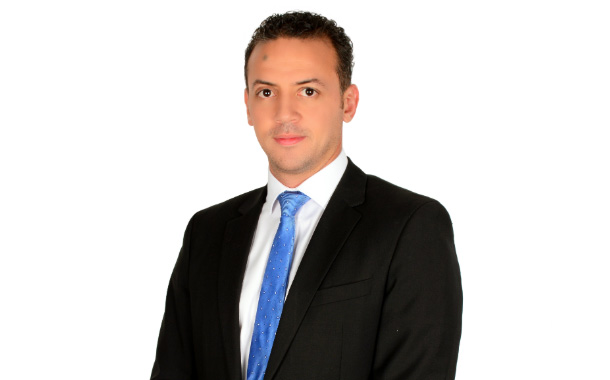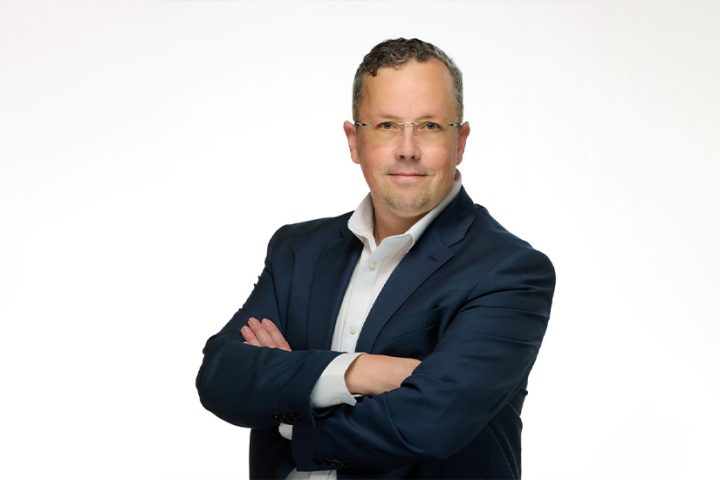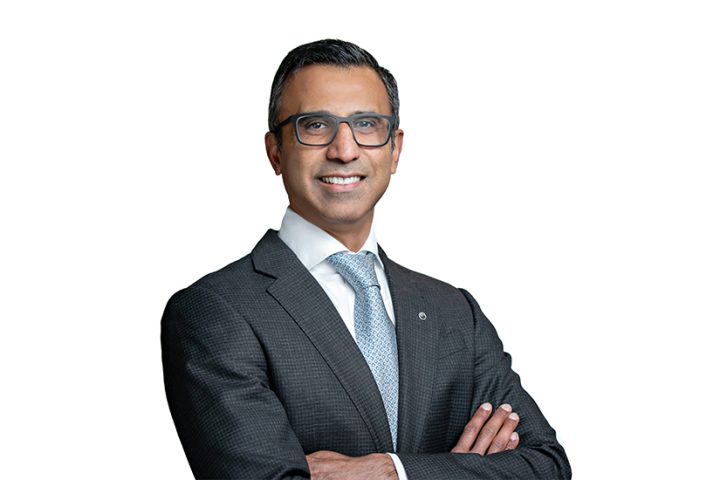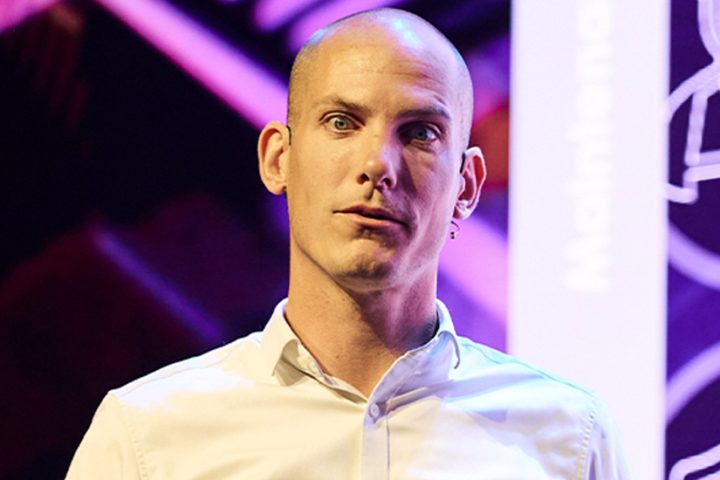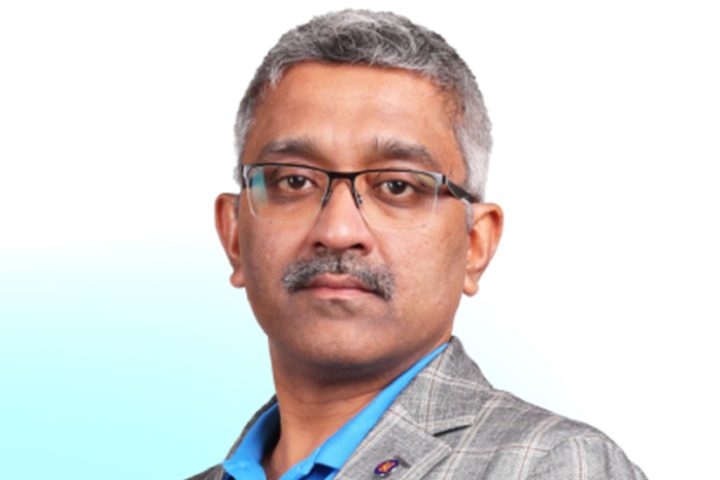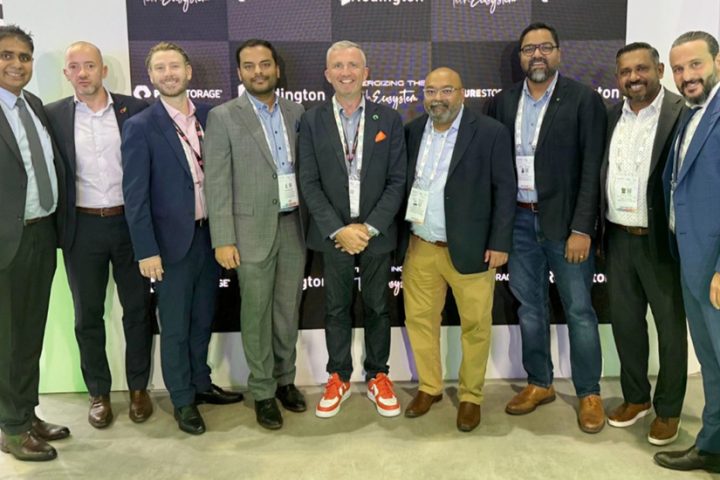In today’s digital world of cloud, mobility, analytics and data, the focus for both business and consumers is to find answers to their problems. Just building a solution or buying devices and applications, without coming up with an answer, in the shortest possible time and most economical manner, will sooner or later prove meaningless and futile. The upcoming field of data sciences is focused on resolving problems raised by end-users, using a number of tools such as artificial intelligence, machine learning, and deep learning.
While there are myriad number of such tools available, selecting the right tool, for the right problem and for the right data, will only lead to a favorable outcome. The objective of any data scientist is therefore to be successful in finding the right solution based on the business expectation of the end-customer. The objective is not to build complex models and complex solutions increasing the challenges faced by end-customers.
By finding a solution to an end-customer’s business challenges, data scientists can be enablers in their financial productivity. Even a 1% saving in direct costs can add to substantial profits at the end of the year. These improvements can range across any aspect of the operations – from reducing the amount of paper used, to how much time employees spend in lifts, to how employees gain access to information technology resources, to downtime of industrial machinery, and how the fleet is deployed in a supply chain.
The list is endless. Data scientists, therefore, focus on being successful in finding answers to problems rather than rolling out complex software applications for end-users to painfully navigate through.
Other than finding solutions and reducing complexity, data scientists also focus on two other objectives. One is building and planning for failure as a natural part of the process of finding a solution. Data scientists learn from failures, but because the processes are of much smaller scope, their impact on time and cost is also minimized. This is referred to by data scientists as AnalyticOps.
Irrespective of the progress and setbacks, the target is always to add to the bottom line of profitability of the business, by optimizing costs and processes or gaining insights into what the business and its customer’s need.
The other objective is to broad base the efforts to find a solution to a particular problem into other areas as well. Often while looking for a solution to one problem, solutions for other areas can be also be discovered along the way. So, while data scientists may have a particular objective and may be fixated on finding that solution, in the shortest possible time, there are other opportunities and discoveries that may present themselves, that can be tackled along with the primary objective.
Data scientists focus on the problem in its entirety and the adjacent ecosystems that influence the parameters defining the problem. By focusing on the cause and effect of the problem and its solution, it is easy to see other factors that can be modelled along with the primary problem and its solution.
Data scientist teams that work with businesses to find solutions to their problems, are often cross functional teams that leverage each other’s skills at various points of time during a project. Hence the nature of the team is sometimes fluid and sometimes changing based on the demands of the project as it progresses.
Take the example of Amazon’s revolutionary, counter-less, check out process – Amazon Go. To enable a checkout-less consumer experience, Amazon had to first address the challenge of digitally monitoring the stock items on its shelves. Also required was the movement of stock keeping units to the consumer with a particular login. Building geofencing applications to take care of this requirements was a key part of rolling out the Amazon Go, retail check out experience.
While focusing on tackling the bigger problems, solutions for many of the smaller problems seem to fall into place, much faster and easier, than if they were attempted singularly, one by one.

